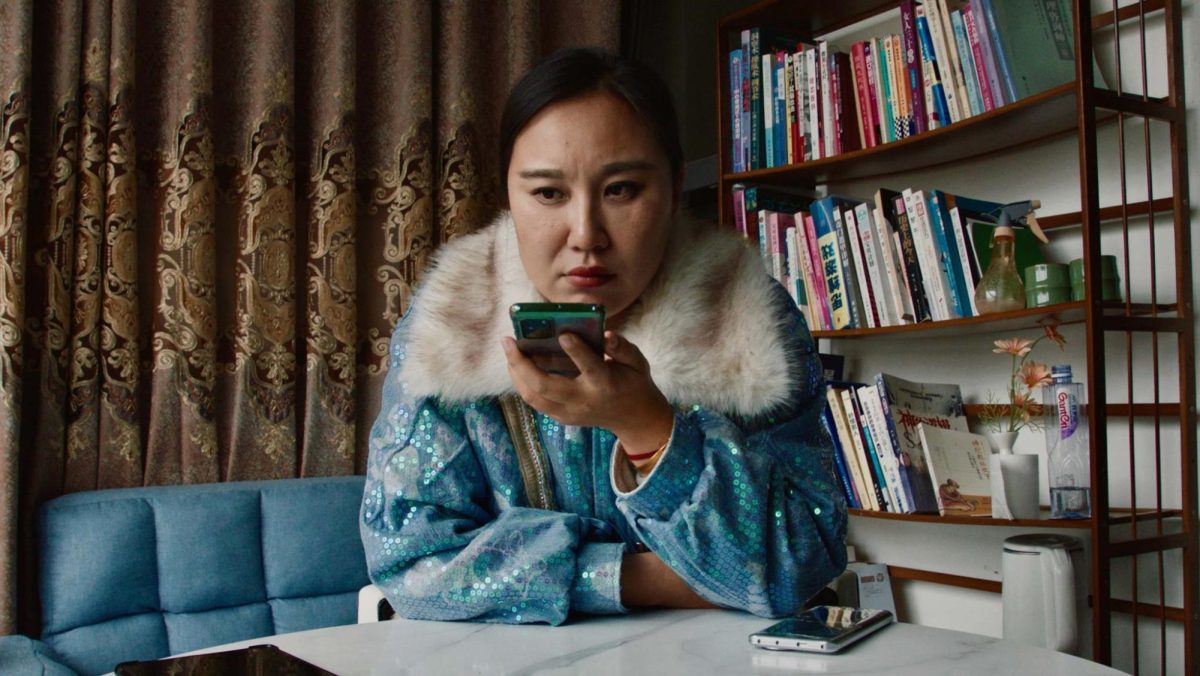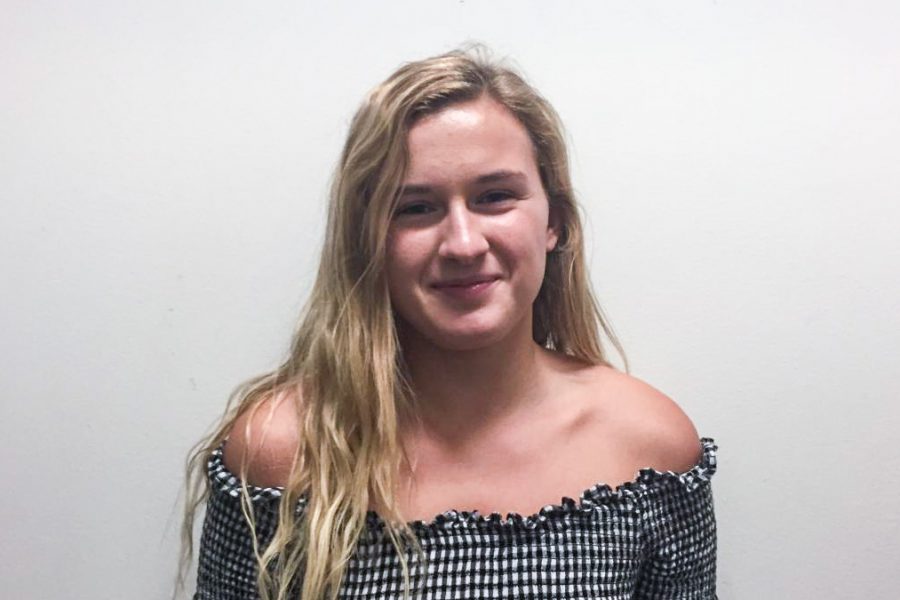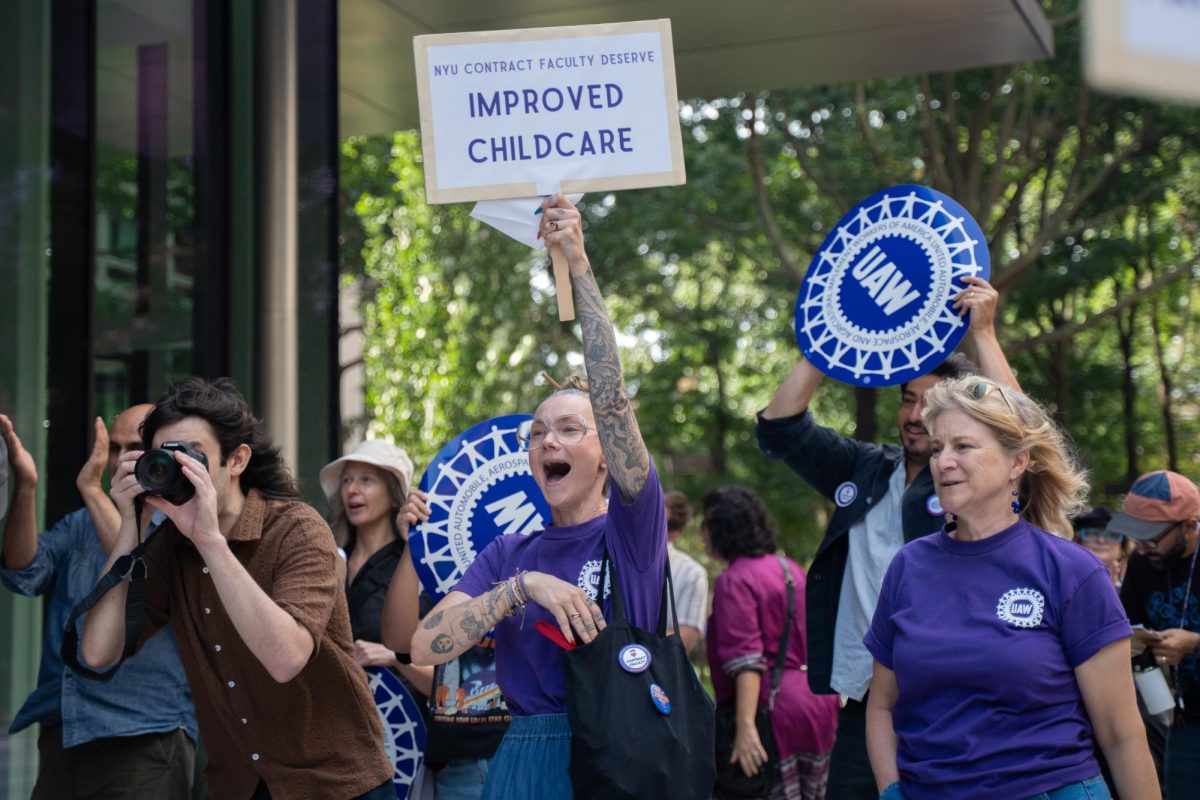Patriarchy in NYPD to Blame for Sexual Harassment
March 21, 2018
On Friday, March 2, a male New York City police officer was charged after exposing himself to five different female officers on duty. While this is appalling, I am not surprised in the slightest. Anthony Avosso exposed himself to subordinate female officers on numerous occasions, providing another example to us all of the toxicity of the male-dominated environment within the New York City Police Department.
One of the accounts details Avosso exposing himself to a probationary female officer, fresh out of the Police Academy. The prosecutors said that he did so while asking her about her goals in the department –– a clear attempt at using his power in exchange for sexual acts. As of July 2017, out of 36,000 NYPD officers, only 6,394 were women. Female commanding officers lead only eight out of 77 precincts in New York City. The combination of a male-centric work environment and a position of societal power is a toxic potion for abuse.
The NYPD has a long history of officers leveraging their positions within the community to coerce, harass and assault women. In 2015, The Buffalo News discovered that no federal agency tracks job-related sexual misconduct by police officers, and subsequently created its own database. In the New York section of the database, headline after headline you find accounts of male police officers proposing to allow crime slide in exchange for sex or exposure, wielding their service guns as threats during assault and, in the case of Avosso, telling women that they can improve their positions in exchange for sexual favors.
Recently, a teenage girl has come forward in a lawsuit against two officers, the NYPD and the city of New York, after she was raped by the two officers in September 2017 during a narcotics bust. While in the emergency room after the incident, the girl was reportedly bullied by nine officers, who attempted to convince her to stay silent by bringing up her criminal record. Nevertheless, she persisted and brought her case to trial.
This disparity of power and the accompanying cycle of assault needs to end. While the issues of male dominance and hypermasculinity are far too large and complex to be tackled by a single solution, New York City needs to update its research; we can not conquer a problem that we don’t entirely understand. The NYPD needs to work toward evening out the numbers of men and women on the force and, more importantly, men and women in leadership positions. As for us, the public, we need to talk about this. We can not let each case we see in the media fly under the radar, until the name of the next perpetrator is in the headlines.
Opinions expressed on the editorial pages are not necessarily those of WSN, and our publication of opinions is not an endorsement of them.
Email Tyler Crews at [email protected].































































































































































